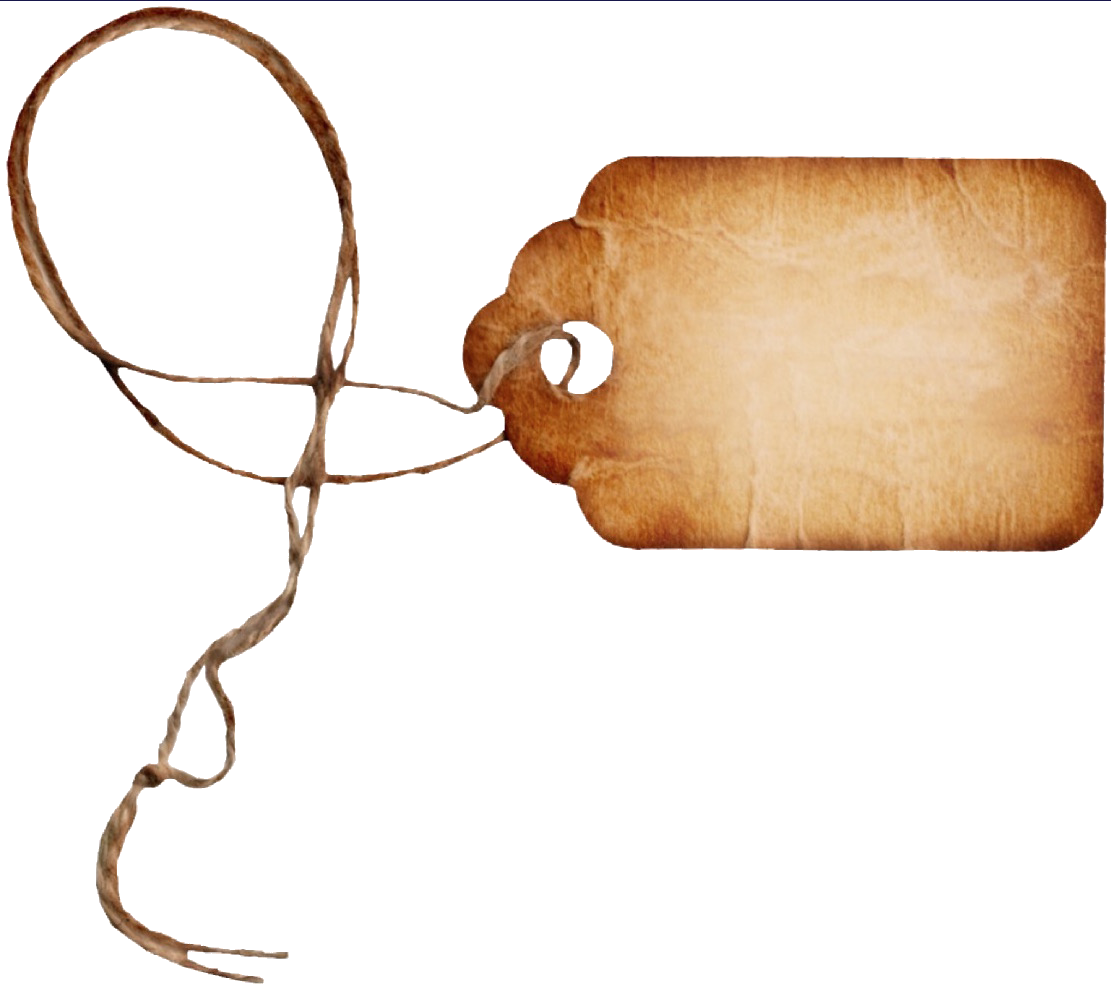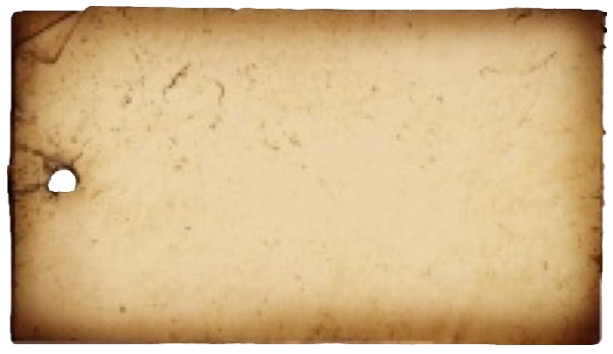Passengers stories
by their descendants.
William & Emma Lingard
The story of: William and Emma Lingard
William was born at Enfield in Middlesex England, in the year of Our Lord 1842, and was one of 7 brothers and sisters.
William and his brothers were mainly Gunsmiths, while his father William Lingard Snr was a Foreman of Lochs, as where they lived in Enfield, was the place for making the famous Enfield Rifle, and the water from the Lochs was needed for the foundry.
When William was 21 years old, he married Emma Risley born 1844, from Edmonton, which was only a couple of miles away from his village and they eventually got married at Tottenham on 21st September 1865. After a couple of years, they noticed an advertisement in the local paper,
==== WORKERS REQUIRED TO HELP BUILD THE CITY OF BRISBANE IN AUSTRALIA – FREE PASSAGE ===
so they decided to make the voyage with some friends who William worked with by the name of Skerman, and start a new life where things might be better.
They signed the passenger list on Her Majesty’s Ship the "Netherby “, and left London on 16th March 1866 bound for Brisbane. Australia with 452 emigrants and 52 crew under the command of Captain Owen Owens...
Everything went well on board the ship, until they rounded the Southern coast of Australia, and began to approach the Bass Strait.
Overcast conditions prevented the master from taking observations of the sun for several days, and about 7:30 pm on July 17th 1866, the lookout suddenly called “breakers ahead”. Within three minutes the vessel had sailed onto the rocks some 35 miles south of Cape Wickham, thus giving her name to a small promontory south of what was later named Currie Harbour on King Island.
Unlike the ill-fated Cataraqui, 21 years earlier, the Netherby ended up close inshore, and canted over to shoreward, sheltering those on deck from the seas which also appear to have been much more kindly on this occasion. One of the crew managed to get ashore with a line, by which a heavier line was passed to him. One of the boats was hauled to and fro along it to ferry all hands to the beach quite safely.
Provisions and gear were then recovered, and tents were made from sails hung from framework cut from small trees in the vicinity. The castaways were provisioned on a pannikin of flour and a packet of cocoa per day. Two days after the wreck, one of the female passengers successfully gave birth to twins, bringing the total number of castaways to 506. Chief Petty Officer Parry and eight of the crew set off northward to find habitation, and five days later met up with superintendent Hickmott of the Cape Wickham Lighthouse.
After they had recovered from their ordeal, Parry and the four strongest men set off for Melbourne in the lighthouse’s boat. They landed near Anglesea on the Victorian coast, having been taken westward by the currents from their intended landfall at Port Phillip Heads. They eventually caught up with an old shepherd, who had earlier mistaken them for bushrangers, who then led them to Roadnight’s Station.
From here, Parry road a horse 35 miles to Geelong, from where news of the wreck finally reached Melbourne.
The Victorian Government immediately provisioned its steamers “Victoria” and “Pharos” and sent them to recover the castaways. They were all picked up successfully and housed at the Exhibition Building, while subscriptions were raised to provide them with new clothes and transport to their final destination.
At this point, a lot of the castaways decided that the journey to Brisbane was going to be to long and to hard, so most of them decided to stay within Victoria. Quite a few decided to take up land in northwestern Victoria near Lake Hindmarsh to found the township of Netherby.
William Linguard decided he would give the Goldfields a go, so with his wife Emma, they set out on there own and ended up at a town named Gordon’s near Ballarat in Victoria. The name of the town has now been changed to Gordon. After making enough money, they decided to head up along the Goulburn River. Eventually they ended up at Mooroopna ( near Tatura ) in Victoria with seven children in tow, all of which had been born at different towns along the way, such as Gordon, Black Mountain, Yarrawonga, Echuca, Kerang, Koondrook and Rutherglen. He then set about establishing Lingards Sawmill which is located just north of Hurricane Bend on the river at the bottom end of McIlroy Rd, which over recent years, has been sold off and developed into a new subdivision.
Emma died 13th May 1913.
William died 29th Oct 1914.
They are both buried at Coburg General Cemetery C of E. Compartment. Lot No.623.
Story provided by: My name is Larry Lingard-Davis, and I am his Great Grandson
(Oh, and I would just like to say that, my birthday is Oct 29th the same date that William died.)
Wm. & Emma Lingard were married in the year before the voyage and were aged 24 & 23 when they embarked. They chose to stay in Victoria after the wreck and lived at a place called Wallace, near Ballarat. Their first three chidren were born there but only the 3rd survived. They later moved to northern Victoria and there they had 6 more children, one of which died in infancy. My grandfather was their 5th child and Larry Davis' grandfather was their youngest. My grandfather died in 1947 when I was only 15 but I still remember him as a very kindly old man. He had been a builder in later life, but I think he started work in the family sawmill which was on the banks of the Goulburn River north of Shepparton.
Best wishes Rod Lingard

